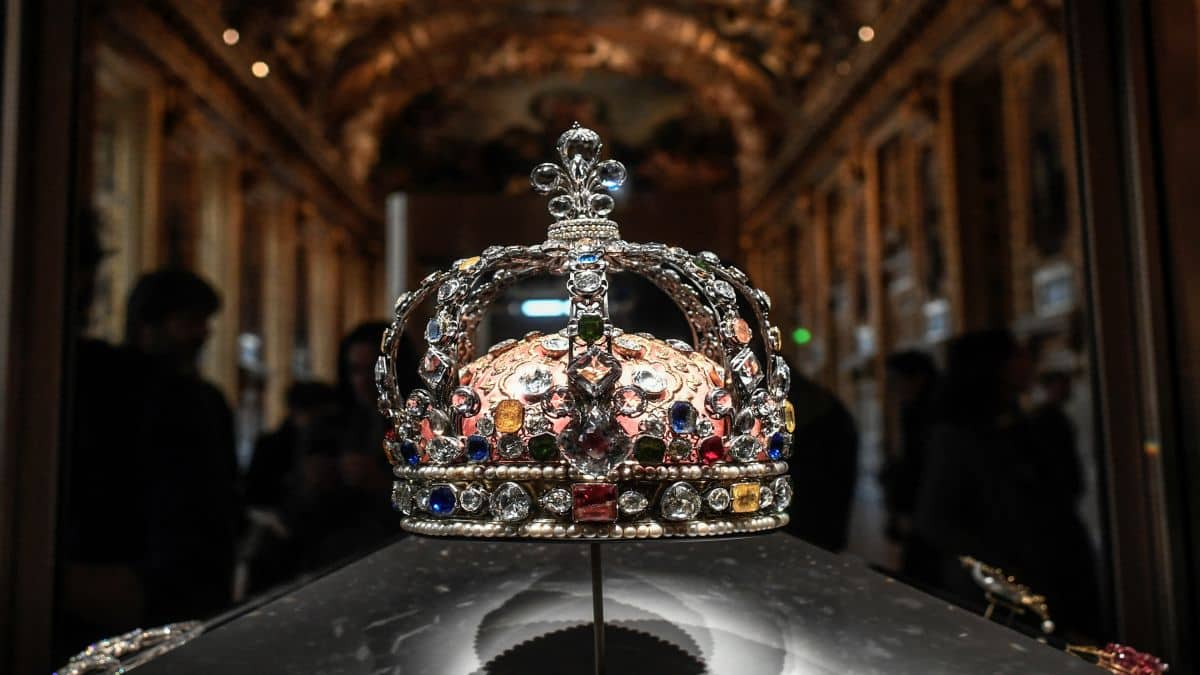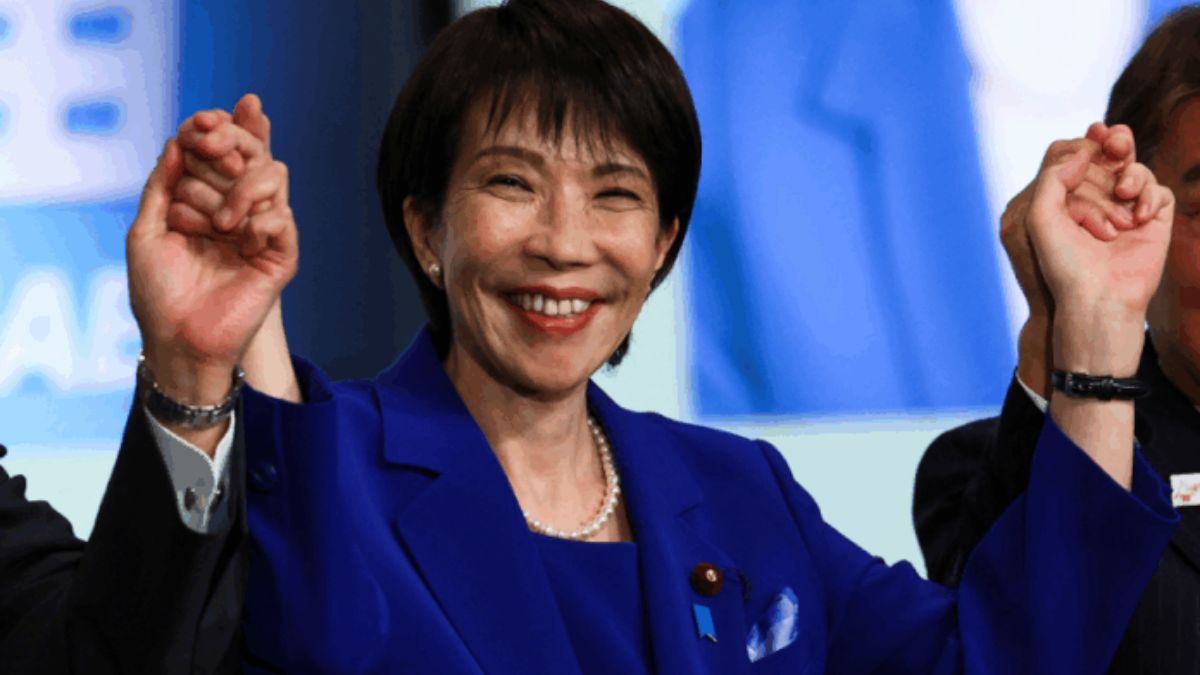Construction is underway on one of the most significant additions to the White House in modern history — a 90,000-square-foot ballroom commissioned by United States President Donald Trump.
Work began this week, as crews started dismantling parts of the East Wing façade, setting in motion a $250 million project that has already attracted national attention.
The new ballroom, which will become the largest enclosed event space in the history of the Executive Mansion, is designed to host up to 999 guests.
The structure will nearly double the size of the existing White House residence and is expected to serve as a permanent venue for major state events, eliminating the need for temporary tents on the South Lawn.
The East Wing, traditionally home to the First Lady’s staff and social offices, is being modernised as part of the expansion.
The decision to remove sections of its exterior contradicted earlier assurances from Trump and White House Press Secretary Karoline Leavitt, who had stated that “nothing will be torn down.”
The administration later clarified that limited demolition was required to upgrade ageing infrastructure and to integrate the new construction.
Trump has framed the project as both a legacy initiative and a necessary improvement to the nation’s most prominent residence.
“It will be beautiful,” he said in July.
“It won’t interfere with the current building. It will be near it, but not touching it. And pays total respect to the existing building, which I’m the biggest fan of. It’s my favourite.”
Who is paying for Trump’s $250 million ballroom?
The White House has maintained that the $250 million cost of the ballroom will be covered entirely through private donations.
“The White House Ballroom is being privately funded by many generous Patriots, Great American Companies, and, yours truly,” Trump announced on social media, adding that “zero cost to the American taxpayer” would be incurred.
The administration has yet to publish a full list of contributors but pledged to release donor information in due course.
Some donors were reportedly invited to a dinner in the East Room earlier this month, which served as both a thank-you event and a fundraising opportunity.
According to officials, the initiative reflects the president’s belief that large state events should not rely on temporary or improvised arrangements.
Trump has often expressed dissatisfaction with the limited capacity of the East Room — the largest existing venue inside the White House, which seats roughly 200 people.
The planned ballroom will accommodate almost five times that number. “The White House needs a space worthy of America’s greatness,” Trump has said at past events.
Documents obtained by media outlets indicate that donations are being coordinated through the Trust for the National Mall, a nonprofit organisation that collaborates with the National Park Service on major Washington-based projects.
A pledge form reviewed by CBS suggested that donors could receive “recognition” for their contributions, potentially through names engraved within the structure, although those details are still being finalised.
A dinner for prospective donors held on October 15 reportedly drew top corporate leaders, including representatives from Microsoft, Google, Amazon, Palantir, Coinbase, Blackstone, and Lockheed Martin.
Sports franchise owners Woody Johnson of the New York Jets and the Glazer family — who own both the Tampa Bay Buccaneers and Manchester United — were also present.
During the dinner, Trump reportedly thanked attendees for their generosity. “Many of the attendees had been really, really generous,” he said, adding, “I said: I will take it,” when asked whether a $25 million donation was appropriate.
Thus far, only one donor has been publicly identified. YouTube, a Google subsidiary, is contributing $22 million toward the ballroom as part of a legal settlement from a 2021 lawsuit Trump filed against the company after his account was suspended following the January 6 Capitol riot.
The amount represents nearly one-tenth of the total cost of the project.
Trump has also indicated that he will personally finance “significant portions” of the construction. However, the White House has not specified the amount he intends to contribute or how much has already been pledged by private individuals and corporations.
Carrier Global Corp, a leading air-conditioning manufacturer, confirmed it would supply the ballroom’s HVAC system.
“Carrier is honored to provide the new iconic ballroom at the White House with a world-class, energy-efficient HVAC system, bringing comfort to distinguished guests and dignitaries in this historic setting for years to come,” the company said in a statement.
Corporate involvement in White House events has drawn scrutiny in the past, particularly after the administration sought sponsorships for the annual Easter Egg Roll earlier this year.
Critics argue that accepting corporate funds for projects linked to the Executive Mansion could blur the line between private philanthropy and political access.
Nonetheless, the White House maintains that the ballroom will be used by future administrations and is “a gift to the American people.”
What do we know about the ballroom’s design?
The ballroom’s design will reflect the opulence often associated with Trump’s personal aesthetic.
Renderings released by the White House show a grand, gold-accented interior reminiscent of the gilded ballroom at Mar-a-Lago, Trump’s private club and residence in Palm Beach, Florida.
The space will feature bulletproof windows, chandeliers, marble floors, and seating arrangements adaptable for state dinners, galas, and official receptions.
The architectural work is being led by McCrery Architects, a Washington-based firm specialising in classical designs for civic and religious institutions.
Construction is managed by Clark Construction, one of Virginia’s leading builders, while AECOM, headquartered in Dallas, is providing engineering and structural consulting.
The project has grown significantly in scope since it was first announced. Initial plans suggested a 650-seat capacity; recent statements from the White House now confirm that it will accommodate 999 people — a number chosen to comply with federal event regulations while maximising capacity.
Despite its scale and visibility, the ballroom project has moved forward without formal approval from the National Capital Planning Commission (NCPC) — the agency responsible for reviewing and authorising major construction and renovation projects on federal property in Washington, DC.
The commission’s chair, Will Scharf, who also serves as White House staff secretary and one of Trump’s senior aides, has stated that the NCPC does not have jurisdiction over “demolition or site preparation work” for federal buildings.
“What we deal with is essentially construction, vertical build,” Scharf said during a commission meeting in September.
It remains unclear whether full design plans have been submitted to the NCPC for review.
Historically, White House renovation projects of this magnitude have required at least advisory input from the commission, particularly those involving structural changes to the building’s exterior.
Work on clearing trees and preparing the construction zone began in September, and the administration has set an ambitious goal to complete the project before the end of Trump’s current term in January 2029.
How is White House’s East Wing being transformed?
The East Wing, built during Franklin D Roosevelt’s administration, has long served as the ceremonial and social side of the White House.
It is the primary entry point for visitors attending official events and houses the offices of the First Lady and her staff.
During construction, those offices will be temporarily relocated to other areas within the complex.
The White House has not specified where staff will operate in the interim, but officials confirmed that the modernisation effort includes structural reinforcements, updated electrical systems, and expanded facilities to accommodate both event preparation and guest logistics.
The East Wing’s historical significance has made it a delicate subject of alteration. White House officials have stated that the new ballroom “respects the architectural integrity” of the original mansion, even though partial demolition was necessary.
Trump and Leavitt have reiterated that the final structure will maintain visual harmony with the rest of the estate.
Why is construction at the White House not new?
Trump’s decision to alter the White House aligns with a broader history of presidential modifications dating back more than two centuries.
Since construction began in 1792, presidents have expanded, rebuilt, and renovated the residence for both functional and symbolic reasons.
Thomas Jefferson added the East and West Colonnades, connecting the residence to service buildings.
James Monroe oversaw the reconstruction after the War of 1812, during which British troops set fire to the White House.
Andrew Jackson introduced the North Portico, and Theodore Roosevelt established the West Wing to create formal office space for the president.
Franklin D Roosevelt, who expanded the East Wing during World War II, set the precedent for combining ceremonial and administrative functions within one structure.
Harry Truman later ordered a complete internal reconstruction of the main residence between 1948 and 1952, declaring the mansion structurally unsound.
His addition of a balcony to the South Portico was controversial at the time but ultimately became an iconic feature.
Later renovations included John F Kennedy’s creation of the Rose Garden and Richard Nixon’s transformation of Franklin Roosevelt’s indoor pool into the press briefing room.
Trump’s ballroom will be the most substantial structural addition to the White House since the Truman Balcony — and, at nearly twice the size of the residence itself, the largest single expansion ever undertaken.
What has Trump changed at the White House so far?
Since his return to the presidency, Trump has overseen numerous aesthetic and structural modifications to the Executive Mansion.
The Oval Office has been redecorated with new portraits, gold-toned furnishings, and classical busts. The Rose Garden was repaved with stone, and tall flagpoles were installed on both the North and South Lawns.
Trump also ordered the installation of marble flooring in a passageway leading to the South Lawn and renovated the Lincoln Bedroom’s bathroom.
On an exterior wall, he arranged portraits of every US president except Joe Biden.
Renderings of the new ballroom indicate that this latest addition will closely mirror Trump’s signature design preferences — ornate finishes, high ceilings, and an abundance of gilded detailing.
Officials say interior work and finishing touches will proceed in parallel with the East Wing modernisation to meet the deadline.
“The White House needs a large entertaining space,” Trump has said repeatedly, criticising the use of outdoor tents for hosting dignitaries and foreign guests.
The ballroom, he argues, will provide a “fitting stage for the world’s greatest nation.”
As Trump told guests at the recent donor dinner, “It will be big enough to fit an inauguration if needed.”
With inputs from agencies


)

)
)
)
)
)
)
)
)



